


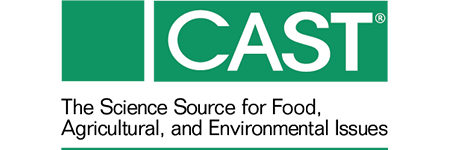





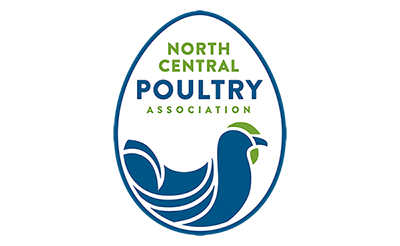
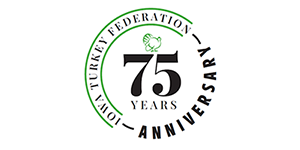
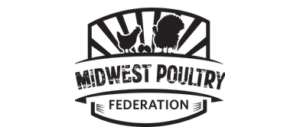
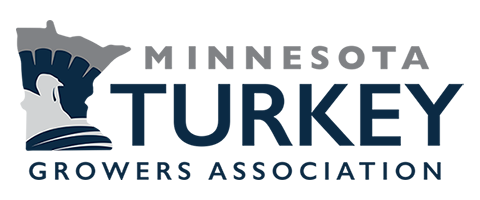
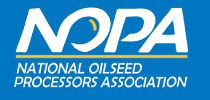

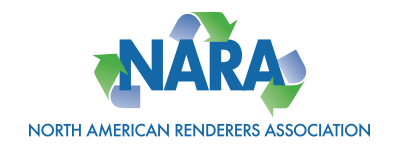

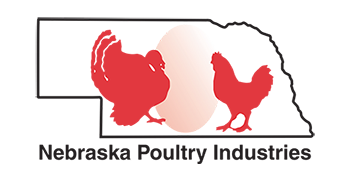
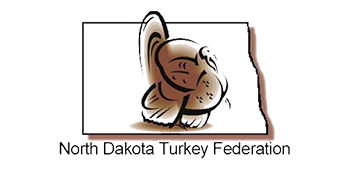
Quality Assurance is the cornerstone of our business and product philosophy. This means that we:
A consistent source of high-quality raw materials is important because:
Quite simply, low-quality raw materials do not meet our high standards for delivering safe feed to our valued customers. Issues with low-quality raw materials include:
The American Feed Industry Association (AFIA) created this program to demonstrate and ensure continuous improvement in the delivery of a safe and wholesome feed supply for the growth and care of animals. Safe Feed/Safe Food Certification is limited to companies in the feed industry that demonstrate a commitment to food safety through the building and maintaining consumer confidence in food products by:
We believe strongly that operating an in-house laboratory offers several very important advantages to our customers. These advantages mean that Feed Energy’s scientific and technical staff:
See a photo tour of our lab.
We believe strongly that adding the objectivity and expertise of an outside laboratory is an important “belt & suspenders” approach to the quality assurance program run by Feed Energy and offers several very important advantages to our customers:
Your loads are delivered by our trained and reliable drivers. Our important transportation practices include:
A finely tuned tank system is critical to the efficiency of a feed mixing system. To learn more about tank options, click here.
There are a number of reasons to include high energy fat in your ruminant and non-ruminant feed rations. Nutritionally, fats provide a concentrated source of energy and essential fatty acids that:
Soybean soapstock is derived from vegetable oil refining and is the cornerstone of Feed Energy products. Soapstock is produced through chemical bonding — with a caustic such as sodium hydroxide — of the minute amounts of specific fatty acids from the crude oil in the vegetable oil refining process. Soapstock also will contain whole vegetable oil and the gums from the degumming process. In addition, soapstock has a high concentration of tocopherols (Vitamin E and antioxidants), pigments (carotenoids) and phytosterols. Acidulated soapstock has a highly concentrated amount of free fatty acids, which compresses the most metabolic energy possible into a pound of oil.
Linoleic Acid is a member of the group of essential fatty acids called Omega-6 fatty acids, so called because these are essential dietary requirements for livestock and poultry. These cannot be made by the animal’s digestive system and must be provided by a feed ingredient.
It has been proven that the dietary linoleic acid does indeed increase egg size. Increasing the dietary Linoleic Acid content to somewhere between 2-4 percent (depending on the birds’ age) increases egg weight. Linoleic Acid has also been found to be important in helping pullets achieve heavier case weights at an earlier age. It allows the yolk to contain a higher level of this unsaturated fatty acid, the presence of which has been deemed more healthy than saturated fatty and trans-fatty acids.
High FFA is unlikely to affect the performance of layer hens.



















